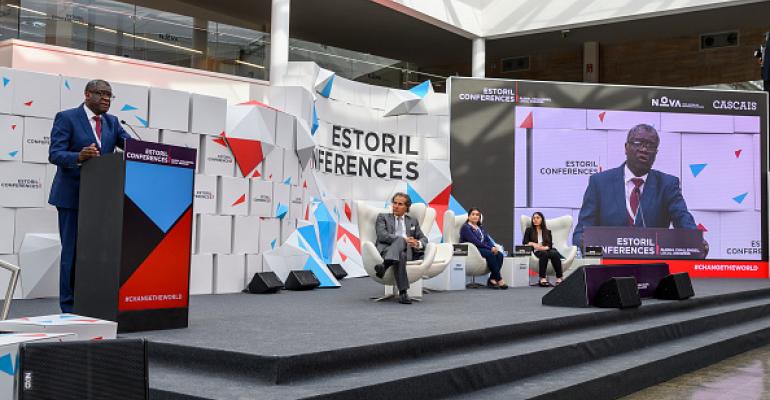Today's meetings and events are opportunities to not only drive the conversation with in-person attendees but with global audiences too. With the power of a well-produced livestream, you can broaden the event by engaging viewers at their desks, and even allow them to be part of the conversation.
No matter whether you want to webcast most of your next annual meeting or simply share a boardroom discussion via Facebook Live, here are the three areas you need to address for livestreaming success.
Content
Within your meeting, which content is most appropriate for livestreaming? Do you want to stream the full event? It’s possible, but it takes a lot of strategic consideration and technical coordination. More often, livestreaming is done for a keynote address, certain panel discussions, and other compelling segments. In any case, the livestreamed content is typically going to be sourced from a stage show, so it's important to think about how to orchestrate and execute that production in a way that works for capturing it as a livestream too. You want remote viewers get an experience that is at least similar to being there in person—but without affecting the in-person experience with distracting placement of cameras or other equipment—and that will require someone (called a “showrunner”) to lead how both the stage show and the livestream are developed.
Pro tip: Help make the stage show go smoothly by including a livestreaming technical team member at the table as event production is coordinated, to understand both the objective and the format and then discuss what will be required to effectively livestream that production.
Tech Hardware
The format of the in-person session will dictate the optimal number of cameras; how audio should be captured; how you should integrate an accompanying slide deck or video presentation into the livestream; and how you will let remote audiences interact with presenter, if at all.
Pro tip: Plan the in-person sessions from the very beginning with livestreaming in mind, because trying to retrofit a stage or a room for the required technical equipment and supporting infrastructure is more time-consuming, yet usually results in a less-desirable setup anyway.
Streaming Possibilities
There are a number of ways to distribute a livestreaming broadcast. You could share it on one of the public social media platforms like Facebook or YouTube. If the content requires a private platform or you want remote attendees to register in order to view the event, it’s going to cost a decent amount of money, but that also guarantees you the ability to control uptime and broadcast reliability.
Pro tip: Discuss the nature of the content and the desired remote audience with your livestreaming team to determine the best approach for how to serve the event to the world in a compelling way.
Jason Cohen is president of NYC Video Pros, which provides turnkey livestreaming solutions for clients around the country. The firm also provides video production solutions as well as services to develop viewable content from meetings and events.





